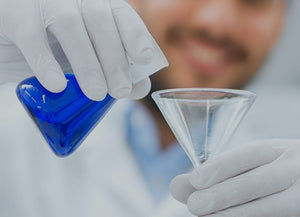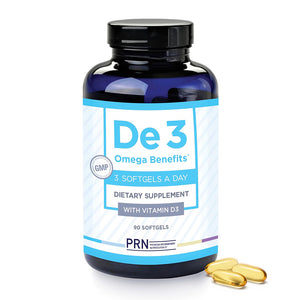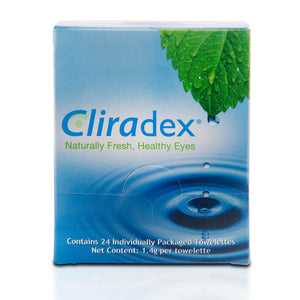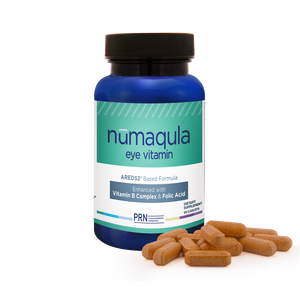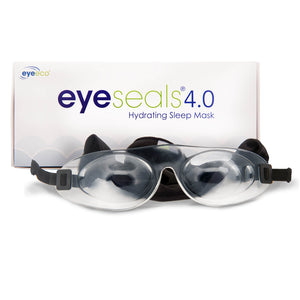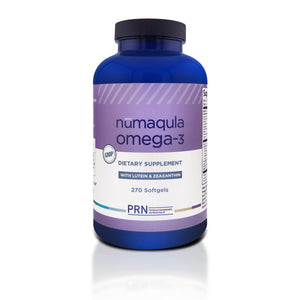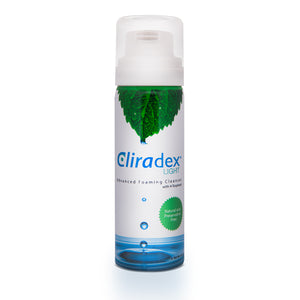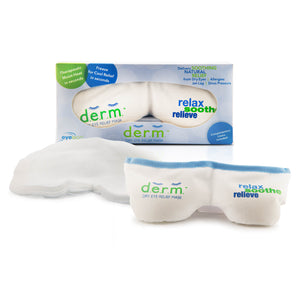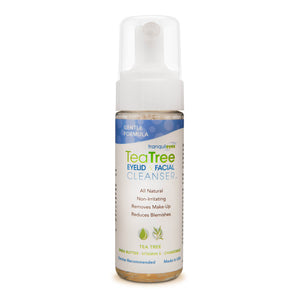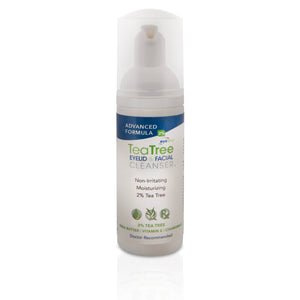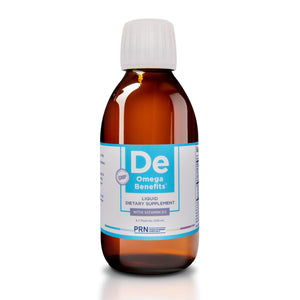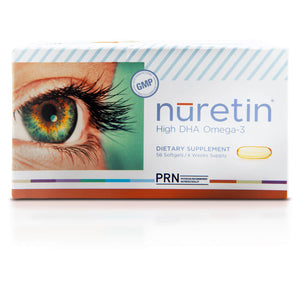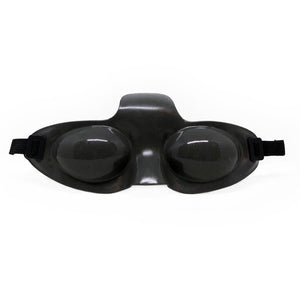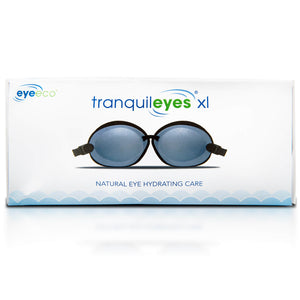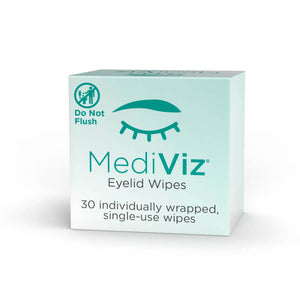Case Studies & Articles
Effects of the re-esterified triglyceride (rTG) form of omega-3 supplements on dry eye following cataract surgery
Dry eye disease (DED) is a multifactorial inflammatory disorder that can lead to decreased visual quality, damage to the ocular surface, discomfort and overall reduction in quality of life. Current strategies for DED management include enhancing tear volume and quality, reducing ocular inflammation, treating underlying eyelid disease, and modification of diet and lifestyle.
Greg Smith Study
To investigate the potential effect of the oral supplementation of rTG omega-3 fatty acids on lipid composition of meibum, Tear Break up Time, Tear Osmolarity and Corneal Staining in patients with symptoms of Dry Eye.
Prevalence of meibomian gland dysfunction at the time of cataract surgery
Dry eye is a common complication of refractive surgery and is associated with unsatisfactory postoperative outcomes. The pathophysiology of dry eye is still unclear, particularly after refractive surgery. However, several theories have been proposed and include the effect of surgery on corneal sensation, the effect of postoperative medications, and delayed wound healing. Refractive surgery also has been shown to exacerbate preexisting dry-eye disease and, in particular, exacerbate meibomian gland dysfunction, the leading cause of dryeye disease.
Fish Oil Triglycerides vs. Ethyl Esters
Omega-3s from fish oil, eicosapantaeonic acid (EPA) and docosahexaenoic acid (DHA) come to consumers in mostly one of two forms: triglycerides or ethyl esters. One of the most controversial and debated quality issues surrounding fish oil is which form of fish oil is best – Triglyceride (TG) or Ethyl Ester (EE)?
Papers & Publications
Dry Eye Disease: What Is the Role of Vitamin D?
The term vitamin D indicates a group of fat-soluble secosteroids that are naturally present in few foods and can also be produced endogenously in the skin. In humans, vitamin D3 (also called cholecalciferol) and vitamin D2 (ergocalciferol) represent the two most important compounds of this group. Vitamin D is not strictly a vitamin, since, given its molecular steroid-like structure, as well as its wide range of endocrine actions, it may be considered a hormone. Its main function is to promote calcium absorption in the gut and maintain suitable calcium and phosphate levels in the serum to support normal bone mineralization and health.
Effect of a Novel Omega-3 and Omega-6 Fatty Acid Supplement on Dry Eye Disease: A 3-month Randomized Controlled Trial
Dry eye disease is a common chronic condition1 associated with a significant negative impact on quality of life. Patients with dry eye disease frequently seek over-the-counter artificial tear drops, gels, ointments, or lubricants as their first-line pharmacotherapy treatment. This decision may involve other health care professionals, such as pharmacists, general practitioners, optometrists, and ophthalmologists, 4–6 or patients may self manage their symptoms without a formal diagnosis.
Effect of Oral Re-esterified Omega-3 Nutritional Supplementation on Dry Eyes
Dry eye disease (DED) is a common, yet complex, multifactorial progressive condition that can lead to visual loss, damage to the ocular surface, discomfort, and overall reduction in quality of life. Meibomian gland dysfunction (MGD) results in inadequate and dysfunctional lipid production, which leads to evaporative DED.3 MGD has, also, recently been shown to be a sign of hypercholesterolemia.
Efficacy of Omega-3 Fatty Acid Supplementation for Treatment of Dry Eye Disease: A Meta-Analysis of Randomized Clinical Trials
Dry eye disease (DED) is a common, multifactorial disease of the tear !lm and ocular surface that causes ocular discomfort and visual disturbance, affecting the patient’s quality of life and restricting daily activities and work productivity. Ocular surface in"ammation is believed to have a central role in the pathogenesis of DED.
Evidence supports omega-3 supplements for sharper vision in children: Meta-analysis
Supplementing the diet of mothers and infants with omega-3 fatty acids may boost visual acuity and measures of both mental and psychomotor developmental, according to a new meta-analysis of 38 trials.
Expert Opinion: How Does Tear Osmolarity Apply to Surgical Candidates?
Does hyperosmolarity undermine your surgical outcomes? This question is the headline of interesting evidence provided by TearLab. According to their randomized, masked, controlled trials, it was reported that among hyperosmolar patients, the difference between best corrected visual acuity (BCVA) and uncorrected visual acuity (UCVA) in patients undergoing lasik was significant.
Prevalence of Meibomian Gland dysfunction – a systematic review and analysis of published evidence
Meibomian Gland Dysfunction (MGD), known to significantly compromise ocular surface health, is reported in a multitude of clinical populations. Prevalence counts vary greatly due to differences in disease definition, diagnostic criteria and target populations. This research estimates most current and accurate MGD prevalence rates based on published evidence from prospective clinical trials.
Patient & Brochures
PRN De3 Brochure Patient
PRN De3 Omega Benefits® products are your practice's preferred nutritional supplement to help promote healthy tear function for patients with occasional eye dryness.*
PRN Pharmacy Instructions Sheet
Your doctor has recommended that you start PRN’s Dry Eye Omega Benefits® (De3). This product contains 2240mg of EPA & DHA in the “rTg” form, a formula which has been shown to
Sales Brochures
PRN Eye Omega Benefits® for Kids Brochure
Our practice recommends Eye Omega Benefits® for Kids for long-term use and has arranged for you to get your next bottle from PRN, the manufacturer.
PRN Omega-V Benefits® Brochure
Our practice recommends Ov Omega-V Benefits® for long-term use and has arranged for you to get your next bottle from PRN, the manufacturer.

